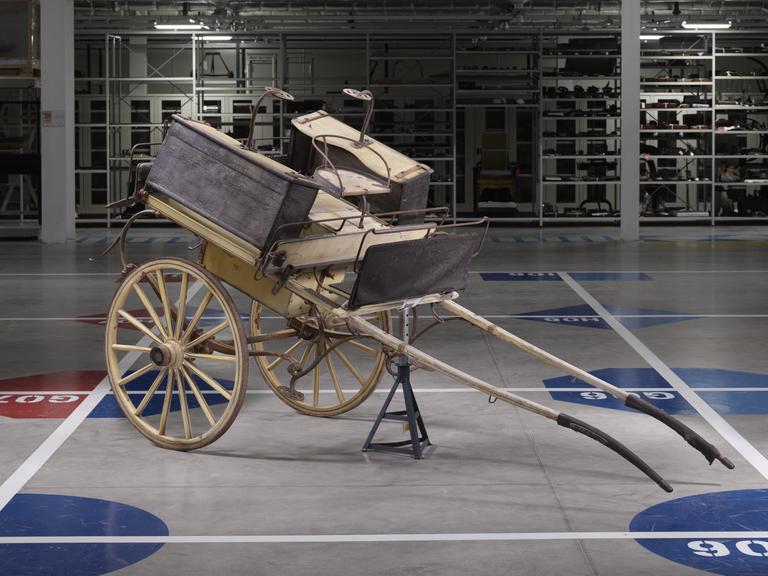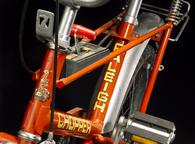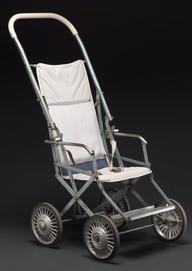

Irish Jaunting Car
- Made:
- 1901-1907 in Republic of Ireland

Irish jaunting car, (no lamps)
Irish Jaunting cars are light two-wheeled carriage for a single horse, with a seat in front for the driver. It was commonly made with lowerable footboards for the seating of two or four people placed back-to-back, lengthwise.
Jaunting cars were introduced to Ireland in the early 19th century by Irish Italian, Charles Bianconi, an entrepreneur sometimes described as the “man who put Ireland on wheels”. He helped to develop a network of horse-drawn coaches that became Ireland’s first regular public transport system.
Irish jaunting cars were a most common form of transport used in Ireland, and they had a reputation for being robust, lightweight and cheap.
“This car was very light, a great benefit for the horse; it is easily turned and moved in crowded thoroughfare and is capable of conveying more luggage than might at first be supposed. The car is no doubt very cheap, and perhaps more Irish drivers are able to own their own cars than are the drivers of London cabs” – George Athelstane Thrupp, The History of Coaches, 1877.
At the same time, jaunting cars were described as “perhaps the most uncomfortable kind of vehicle yet invented” by 19th century English novelist Anthony Trollope.
Jaunting cars are still used today by tourists, in places like the national parks, and are rentable for countryside driving in Ireland.
Details
- Category:
- Road Transport
- Object Number:
- 1937-838
- Materials:
- wood (unidentified), metal (unknown), paint and leather
- Measurements:
-
overall: 1900 mm x 1800 mm x 3500 mm,
- type:
- car
- credit:
- Savile, Lady Margaret




